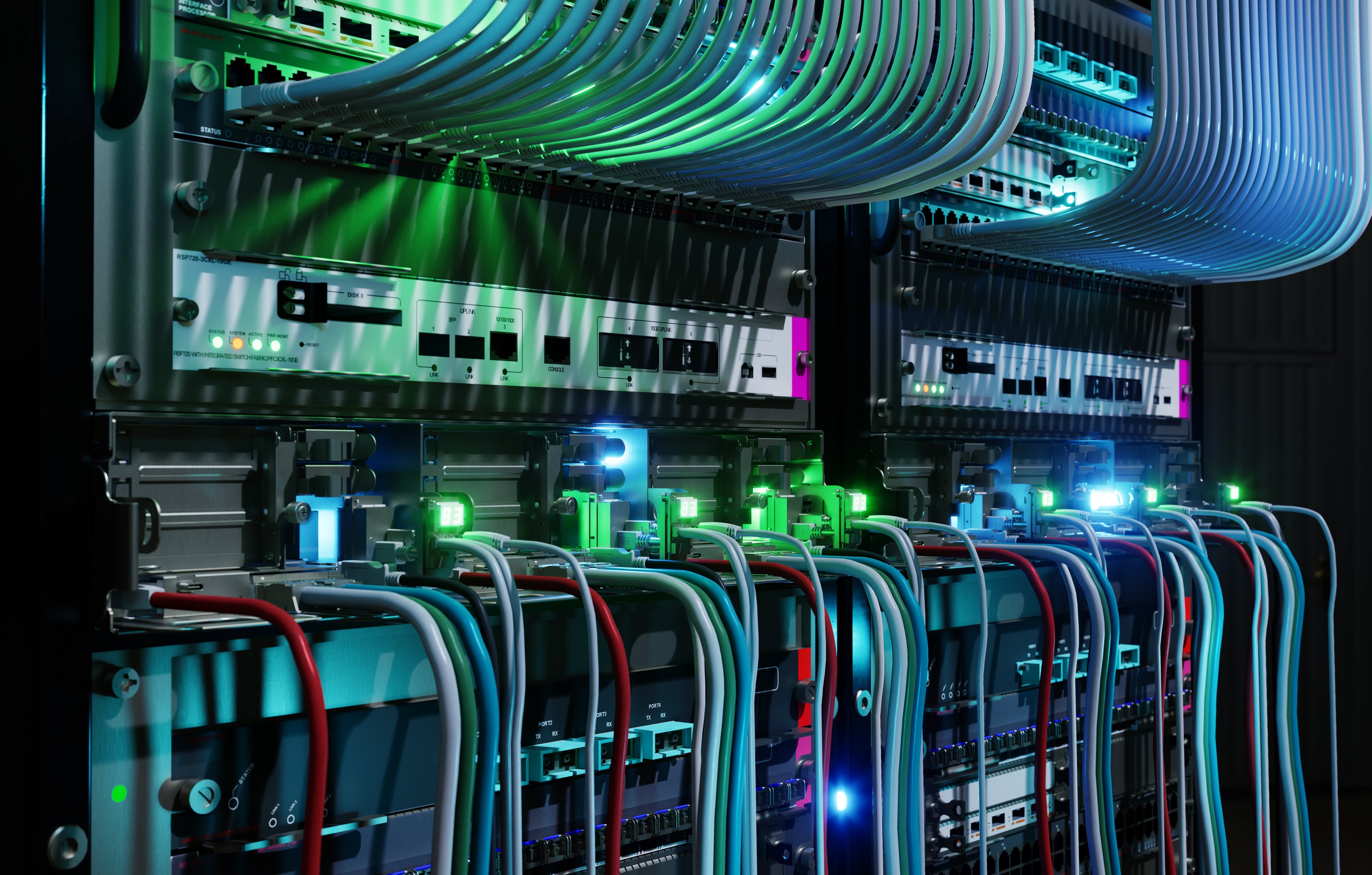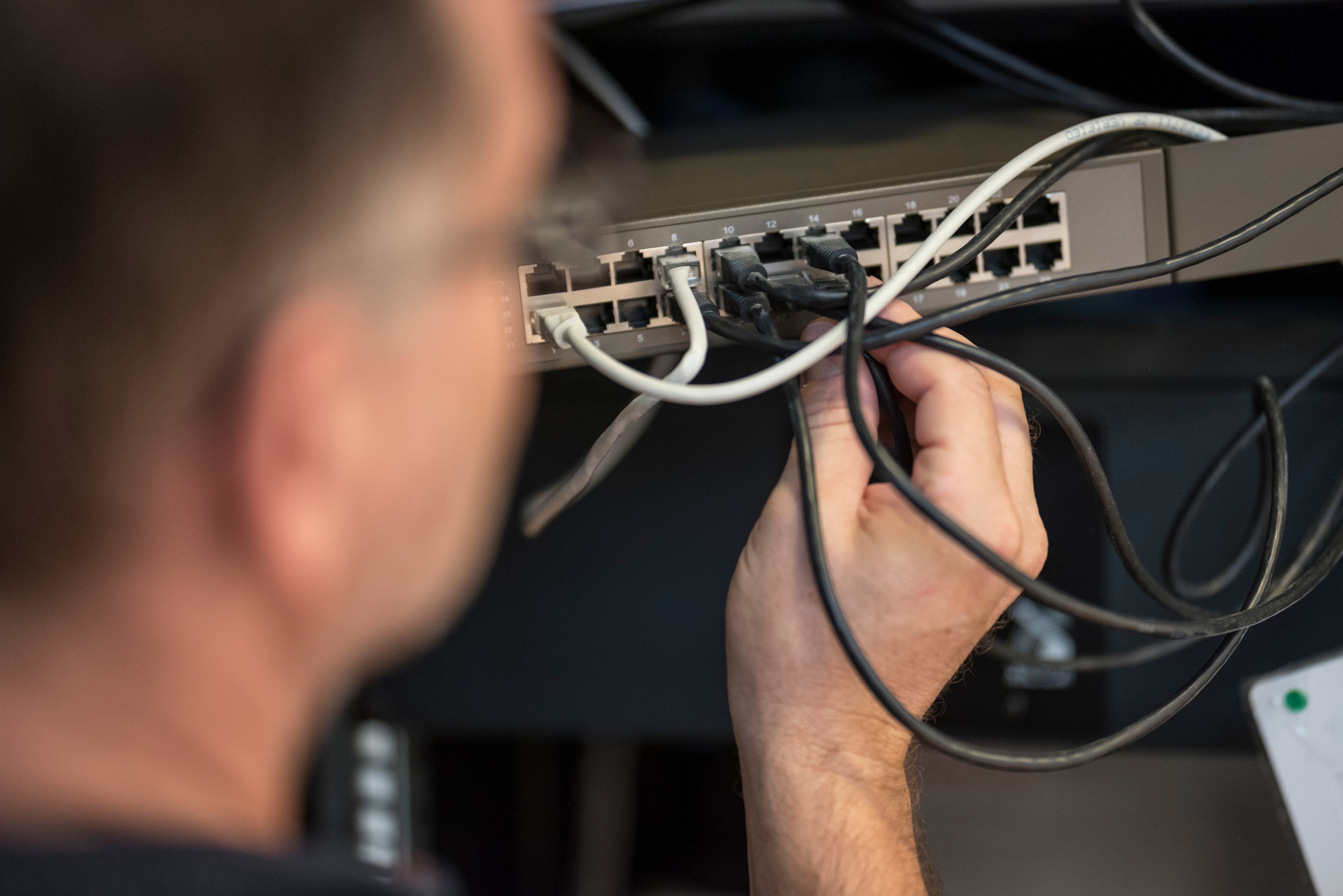If you thought Nokia's (NOK 0.15%) sale of its handset division to Microsoft (MSFT +0.30%) meant the end of its own consumer-facing mobile devices, think again -- the Finnish company just unveiled the N1, a 7.9-inch Android 5.0 tablet which will launch in China, Russia, and select European markets next year. Nokia has not confirmed a U.S. release date yet.

Nokia's N1. Source: Nokia.
This is a peculiar move for three reasons. First, Nokia sold its handset division to focus on growing its networking and HERE maps businesses instead of mobile devices. Second, it marks a new commitment to Google (GOOG +1.05%) (GOOGL +0.96%) Android instead of Windows. Lastly, an Android tablet paves the way for Nokia to return to smartphones, although the Microsoft deal prevents it from doing so until 2016.
Will the N1 signal the "start of something new," as Nokia suggested during the announcement, or is it a reckless "me too" move that could derail the company's efforts to streamline its business?
Nokia N1 vs. Google Nexus 9: Technical comparison
To get a better idea of what Nokia is offering with the N1, let's compare it to a high-end flagship Android 5.0 tablet, the HTC/Google Nexus 9.
|
Display |
CPU/RAM |
Rear/front cameras |
microSD support |
Thickness |
Price | |
|
Nokia N1 |
7.9" IPS, 2,048 x 1,546 pixels |
64-bit quad-core Intel Z3580, 2GB |
8MP/5MP |
Yes |
6.1 mm |
$250 (16GB) |
|
Google Nexus 9 |
8.9" IPS, 3,264 x 2,448 pixels |
Tegra K1 64-bit dual-core 2.3 GHz, 2GB |
8MP/1.6MP |
No |
7.9 mm |
$400 (16GB) $480 (32GB) |
Source: Company and industry websites.
The N1 tops the Nexus 9 in several ways -- a quad-core processor, a better front-facing camera, microSD support, and a slimmer frame -- for nearly half the price. Moreover, the N1's slim aluminum exterior, which is actually thinner than the iPad's Mini 3's, makes the Nexus 9's thicker all-plastic build look cheap.

HTC and Google's Nexus 9. Source: Google.
Why Nokia switched from Windows to Android
The N1 isn't Nokia's first modern tablet. Last year, it launched the Lumia 2520, a Windows RT tablet that was well received but overshadowed by the Microsoft Surface. But after Microsoft erased the Nokia branding from its Lumia smartphones, it didn't make sense to develop more Lumia-branded Windows tablets.
In the third quarter of 2014, Windows tablets only accounted for 5.7% of the global market, compared to 22.3% for Apple's (AAPL +0.13%) iPads and 72% for Google Android, according to Strategy Analytics. Therefore, an Android tablet could reach a larger overall market than Windows devices.
Two things help the N1 stand out in the crowded market of Android tablets: its stylish design and Nokia's custom Z Launcher. The Z Launcher tracks frequently used apps and actions, and floats them to the top of a home-screen list.
Why the N1 is a low-risk investment
Nokia's business consists of three segments -- Nokia Networks (mobile broadband and global services), HERE (map and location services), and Nokia Technologies (patents and licenses) -- which last quarter respectively reported 13%, 12%, and 9% year-over-year revenue growth. During that quarter, the Networks division accounted for 88% of its top line, while HERE and Technologies accounted for the remaining 12%.
Last quarter, Nokia's operating expenses only rose 5% year over year as operating profit rose 33%. Although launching a tablet could raise Nokia's operating expenses, the company is licensing its brand and design to Foxconn to manufacture and market. Therefore, Nokia will gain licensing revenue from the Foxconn deal, which feeds into its Technologies division, without exposing the company to manufacturing and marketing costs. The downside is that if the N1 is a huge hit, Foxconn keeps most of the profits.
Why the N1 might not matter either way
The N1 might be a good opportunity for Nokia to reintroduce its brand to consumers, but it might not make a difference in today's crowded tablet market.
Gartner predicts that worldwide tablet sales will slow to 11% year-over-year growth in 2014, down from 55% growth in 2013, due to longer upgrade cycles, market saturation, and the rise of 2-in-1 devices. Meanwhile, the average price of tablets is plunging. Prices for low-end Android and Windows tablets have now dipped below $100, completely commoditizing the market.
If the N1 bombs, other manufacturers -- such as Chinese companies looking to expand abroad -- will likely think twice before licensing Nokia's brand and designs. That would prevent Nokia from returning to the smartphone market via the same path in 2016.
The future of licensed tablets
With the Nokia N1 and Google Nexus 9, we notice that many mobile devices aren't necessarily manufactured or marketed by their namesake brands. Therefore, Samsung or Microsoft might eventually license their respective Galaxy Tab and Surface brands to other companies to diversify their top lines away from tablets.
For Nokia, licensed devices are a clever way to keep its brand relevant while generating easy licensing revenue. If these tablets take off, Nokia could consider launching a new in-house tablet to book full profits from hardware sales.










